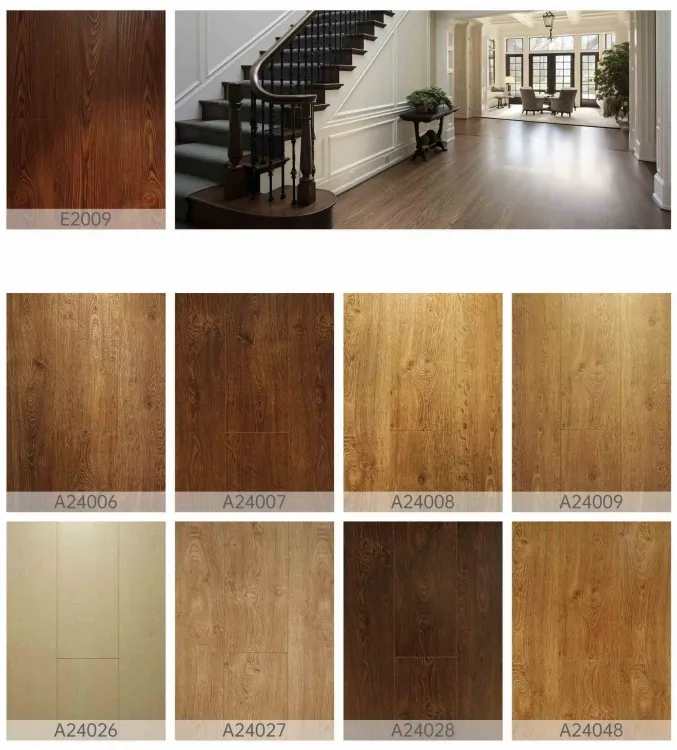Innovative Ceiling and Skirting Designs to Enhance Your Home's Aesthetic Beauty and Functionality
The Importance of Ceiling and Skirting for Interior Design
When it comes to interior design, every detail matters. Among those details, ceiling and skirting play pivotal roles in shaping the overall appearance and feel of a space. While often overlooked, these elements are essential for both aesthetics and functionality within a room.
Understanding Ceiling Design
The ceiling is often referred to as the fifth wall of a room, and for good reason. It has the power to influence the perception of space, light, and even mood. In many modern homes, flat ceilings are the standard; however, there’s a growing trend toward more elaborate designs. Coffered ceilings, for example, add depth and texture, creating a sophisticated atmosphere often seen in upscale residences. Additionally, high ceilings can make a space feel expansive, while lower ceilings can create a cozy and intimate ambiance.
Incorporating color and lighting into ceiling design elevates its impact further. A darker ceiling can visually lower the height of a room, making it feel more grounded. Conversely, a light color can enhance the openness of a space. Innovative lighting solutions, such as recessed lights or pendant fixtures, can highlight the ceiling’s texture and design while providing functional illumination.
The Role of Skirting Boards
Skirting boards, or baseboards, may appear to be purely aesthetic features, but they serve several practical purposes as well. Positioned at the junction between the walls and the floor, skirting boards help protect the walls from scuff marks and damage caused by furniture, vacuums, and foot traffic. They also conceal gaps between the wall and the floor, providing a cleaner and more polished look.
ceiling skirting

From an interior design perspective, skirting boards can enhance a room's character. They come in various styles, from minimalist designs to more ornate profiles. Choosing the right skirting style can complement the room’s overall theme, whether it’s modern, traditional, or eclectic. For example, a classic room may benefit from tall, decorative skirting boards, while a contemporary space might look better with sleek, low-profile skirting.
Ceiling and Skirting Color Coordination
An interesting aspect of ceiling and skirting design is how color can dramatically change perceptions and feelings in a room. Coordinating the color of the ceiling with the skirting can create a cohesive look. For instance, using the same color for both can unify the space, while contrasting them can add visual interest and define different areas within an open-plan environment. Neutral colors provide a timeless appeal, while bold colors can inject personality and modernity into a space.
Practical Considerations
When selecting ceiling and skirting designs, several practical considerations are essential. Installation requires careful measurement and precision to ensure a perfect fit. Additionally, materials must be chosen based on the room's humidity, temperature, and wear conditions. For example, moisture-resistant materials are ideal for bathrooms and kitchens, while more decorative options can enhance the appeal of living areas.
Conclusion
In summary, ceiling and skirting designs are vital facets of interior architecture that combine functionality with aesthetic appeal. Whether creating a dramatic ceiling feature that draws the eye upward or selecting skirting that frames a room beautifully, these elements significantly contribute to the atmosphere and style of a space. By paying attention to these details, homeowners and designers can create environments that are not only visually captivating but also practical and inviting, enhancing the overall quality of life within a home.
-
SPC FlooringJun.24,2025
-
Bathroom Wall CoveringsJun.24,2025
-
Why Dry Back LVT Flooring Is the Smart Choice for Modern InteriorsJun.05,2025
-
Transform Your Interiors with Elegant Luxury Vinyl Flooring OptionsJun.05,2025
-
The Rise of SPC Vinyl Flooring: A Modern Solution for Durable and Stylish SpacesJun.05,2025
-
Click LVT Flooring: The Perfect Blend of Style, Strength, and SimplicityJun.05,2025




